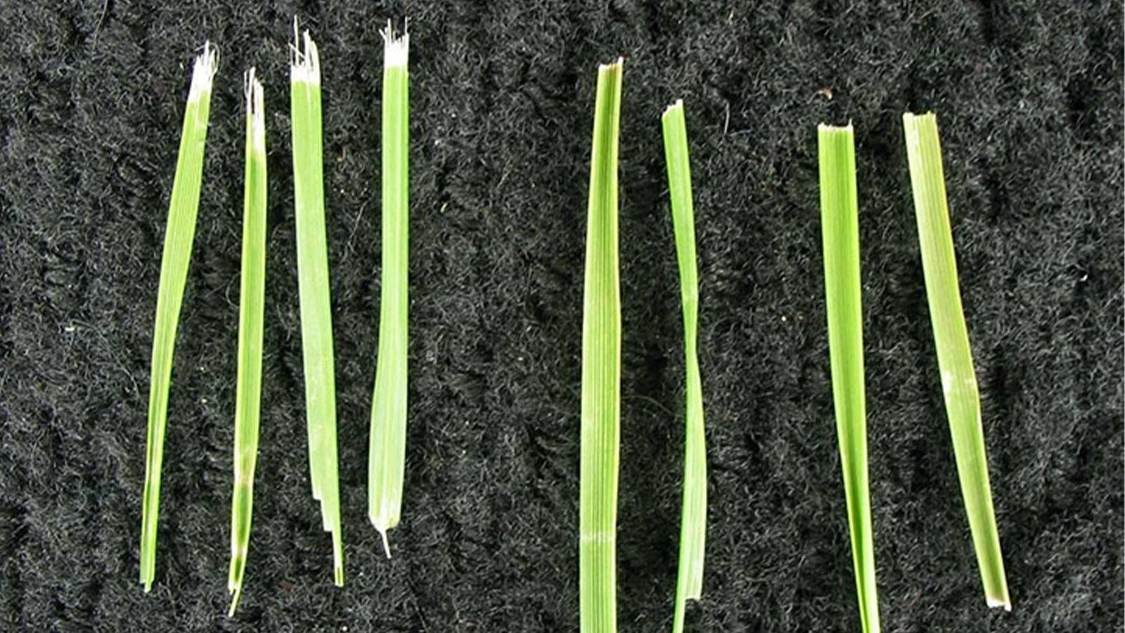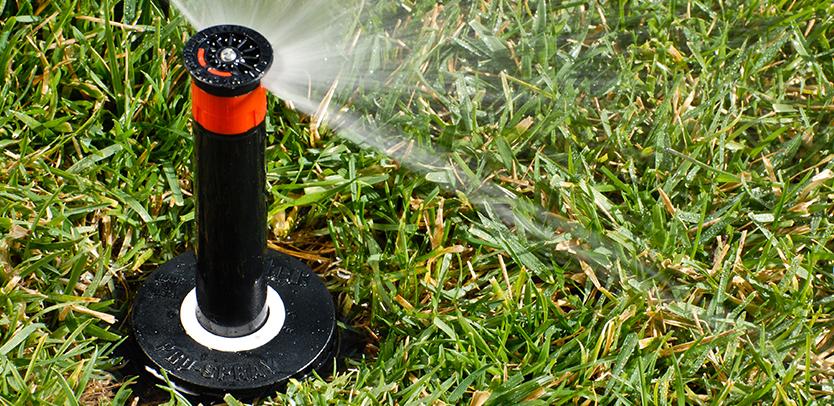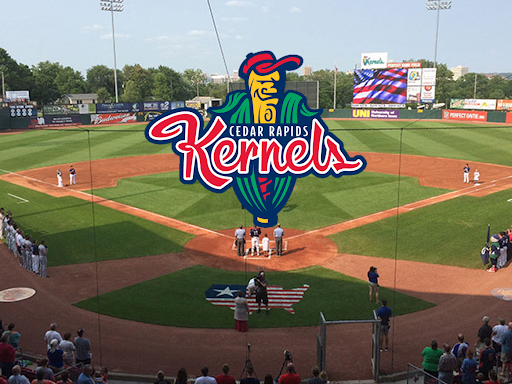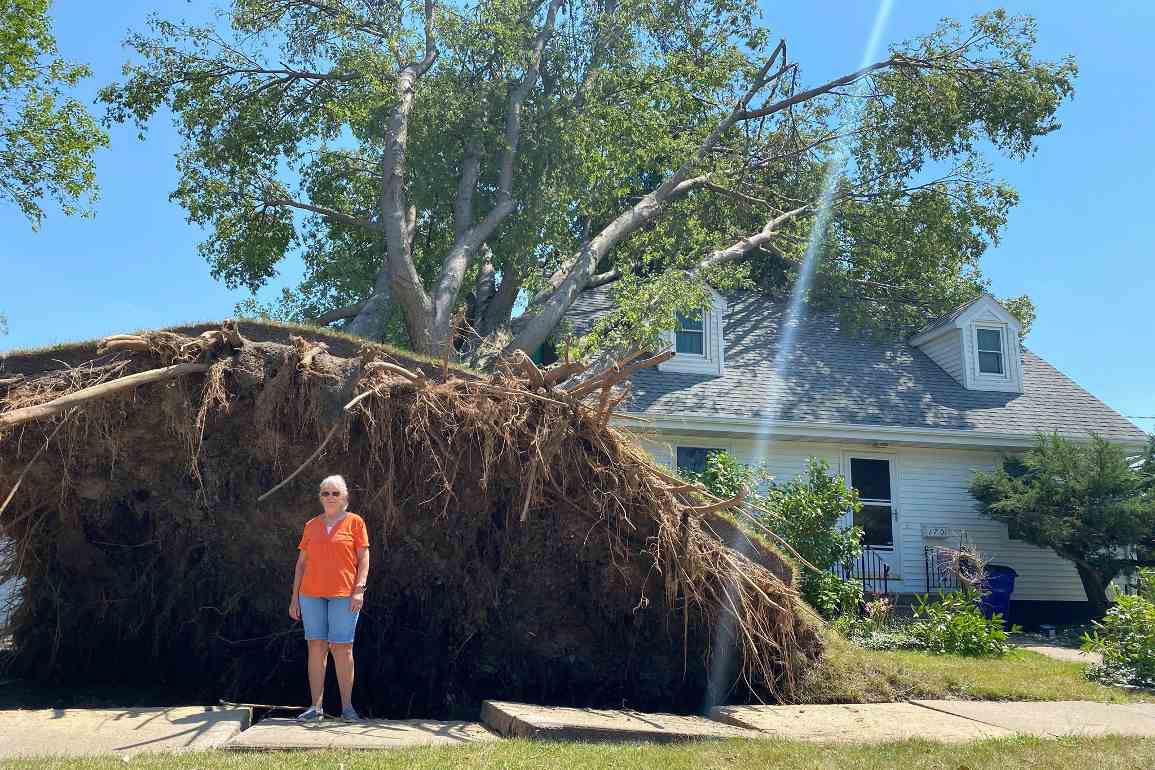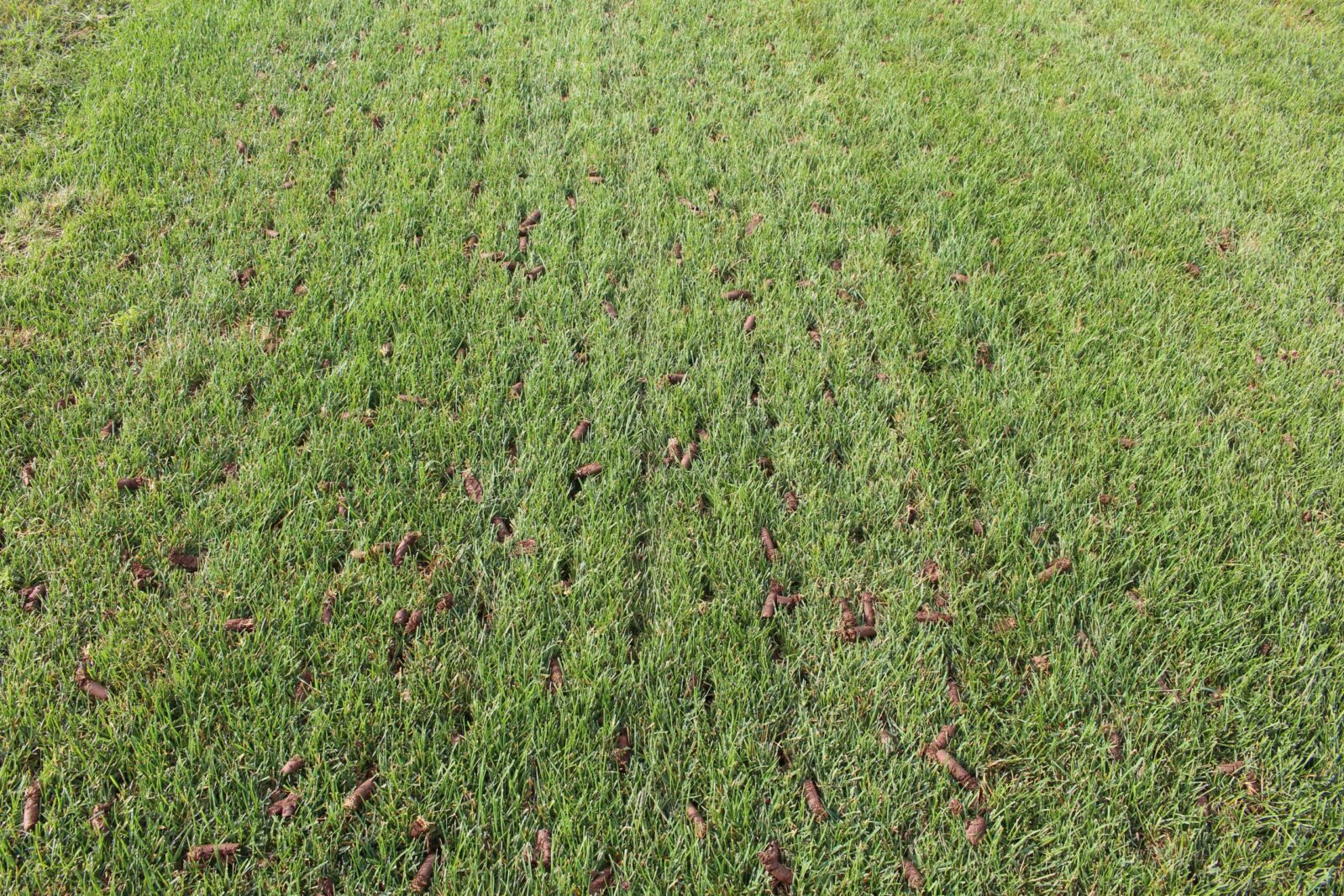Thistles are one of the more problematic weeds we encounter at UltraLawn. While most broadleaf weeds can’t survive regular mowing, thistles are ones that can withstand the blades and will keep coming back! This resilience not only makes them difficult to control but also presents hazards, especially to customers with pets or children. Thistles don’t need much of an introduction, but we’ll cover the two most common types: Canada thistle and Bull thistle. If you’re reading this blog, chances are you’re familiar with thistles in your lawn. The pictures below may, unfortunately, be familiar to you.
Identifying Canada Thistle
Canada thistle is a perennial plant, returning year after year with leaves covered in spines that produce recognizable pink/purple flowers when allowed to grow tall. Mature leaves’ waxy coating complicates herbicide application. This weed spreads vigorously through seeds and an extensive network of underground roots, each plant capable of producing over 50,000 tiny seeds. Removing the flower prevents seed production, but managing its deep-reaching roots proves far more challenging.
The roots of Canada thistle run deep, rendering attempts to remove them often futile. These underground root systems feature growth points called “nodes,” from which new growth can emerge when disturbed. This characteristic, beneficial for lawn aeration’s ability to thicken turf by encouraging new plants, also complicates weed control. Pulling weeds like thistles, quackgrass, or yellow nutsedge can stimulate further growth from these nodes, exacerbating the issue. It’s crucial to consider the origin of these weeds; thistles from neighboring properties or landscaping beds will persist until addressed at the source.
Given these challenges, effective control of Canada thistles typically requires chemical intervention. Later, we’ll discuss strategies for chemical control, including approaches for managing other problematic thistles.
Identifying Bull Thistle
Bull thistle shares the “typical” traits of all thistles; leaves that are very spiny along the edges and a rosette appearance. However, it differs from Canada thistle in several key aspects: the upper leaf surfaces are hairy rather than smooth, the color is darker, and the plant itself is larger in size. Bull thistle follows a biennial life cycle, completing its growth over two years unlike Canada thistle’s perennial nature. In its first year, it forms a low-growing rosette, while in the second year, vertical stems develop for flower and seed production. This species is commonly found in pastures, forage grounds, or undeveloped natural areas, often emerging in newly developed lands where thistle seeds may lay dormant in the soil.
Unlike Canada thistle, Bull thistle does not spread via underground roots, relying solely on seed reproduction. Preventing bull thistle from seeding can lead to the eventual demise of individual plants without producing offspring. This characteristic contrasts with the challenge posed by Canada thistle’s prolific seed production and deep-rooted nature. Mechanical removal, such as digging up the plant, is an effective control method for bull thistle, provided it is caught early before it becomes established.
Myth Busting: Thistle Seeds in Bird Seed
Thistles, like dandelions, are prolific seed producers equipped with feathery appendages that aid in long-distance travel. We feel that it is important to dispel a certain myth, however. Contrary to popular belief, bird seed does not contain actual thistle seeds. The seed labeled as such is from a plant called nyjer, and it is treated with heat to make it non-viable. Several species of thistle are considered noxious weeds, and manufacturing their seed as a food product would likely violate regulations.
Chemical Control of Thistles
Now that we have a better understanding of the specific thistles we’re dealing with, let’s focus on the core topic—controlling them. Bull thistles, with their larger size, darker color, and hairy leaves, can be dug out as they do not spread. In contrast, Canada thistles are smaller, lighter in color, and tend to proliferate quickly once established. Our broadleaf weed control methods effectively suppress and stunt thistles, although complete eradication can be challenging.
For our full program customers, we offer complimentary service calls, crucial for tackling stubborn weeds. During these visits, our team uses specialized products tailored to specific weed issues, including stronger, longer-lasting treatments for Canada thistles that target their extensive underground root systems. Multiple applications are often necessary for effective control.
Thistles present a formidable challenge but are not unbeatable. In addition to thistles, other common weeds to combat include creeping charlie, crabgrass, and quackgrass. Each of these weeds requires specific control strategies to keep your lawn healthy and weed-free. At UltraLawn, our professionals are equipped to help you combat thistle problems and ensure your lawn is safer and more enjoyable. Contact us today if you’re facing thistle issues, and let us assist you in achieving a healthier lawn.


